* Indicates a required field
Hide Show
Sell/Trade Us Your Car | Click Here To Learn More
Your tire pressure light provides a critical reminder to restore the pressure in your vehicle's tires when it gets low. You should only attempt to reset the light after first addressing the tire pressure in every tire. Once your tires are at the appropriate pressure, the light may go off on its own. If it doesn't go off right away, driving at 50 mph for about 10 minutes should help the tire pressure sensor reset.
If the tire pressure light is still on, there are a few more tricks you can try:
TPMS stands for Tire Pressure Monitoring System. The tire pressure light is one component of this electronic system, providing a visual alert when your tire pressure is low. The TPMS monitors tire pressure using either an indirect or direct method.
An indirect TPMS measures the rate of revolution for each wheel. If a wheel starts spinning faster than anticipated, the system signals to your vehicle's computer that something is amiss with the tire rotation, and your tire pressure light comes on.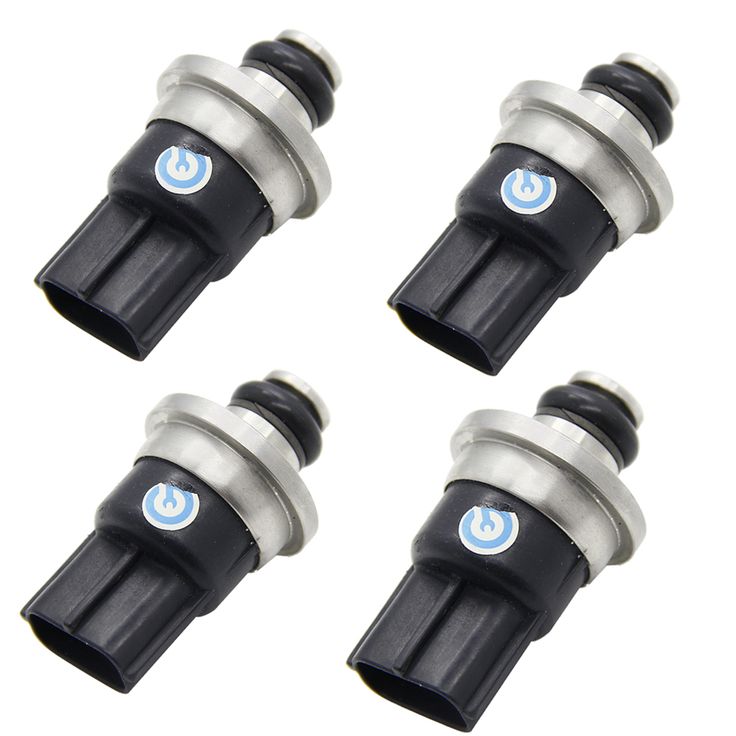 You must manually reset the monitor in an indirect TPMS system.
You must manually reset the monitor in an indirect TPMS system.
A direct TPMS uses pressure monitoring sensors in each tire to monitor tire pressure exactly. This is a more accurate alternative to an indirect TPMS system. The batteries inside these sensors will last for about 10 years. Direct TPMS systems reset automatically after tire inflation or rotation. You do need to have these sensors resynchronized when you get new tires, which requires a special tool.
Yes, cold weather will affect the air pressure in your tires. Your tires lose one or two pounds per square inch (PSI) for every 10 degrees that the temperature drops. Cold air condenses while warm air expands. Therefore, the colder air in your tires will take up less space in lower temperatures.
You may find that your TPMS light is only illuminated for a short time in the morning on particularly cold days. After about 20 minutes of driving, the air will often warm up and expand, restoring proper pressure in your tires. If the light stays on after 20 minutes on the road, you should add air to your tires as needed to restore the proper pressure. Low tire pressure is hazardous for your vehicle regardless of the cause.
If the light stays on after 20 minutes on the road, you should add air to your tires as needed to restore the proper pressure. Low tire pressure is hazardous for your vehicle regardless of the cause.
When the tire pressure monitor light is on, the first thing you should do is check the pressure in each of your tires, including the spare. Check the manufacturer's recommendation to determine the appropriate pressure for each tire. This is typically between 30 and 35 PSI but may vary. You should measure tire pressure when the tires are cold, which means they have not been driven in the last three hours.
To check the pressure, simply unscrew the valve cap and insert a tire gauge into the valve stem. The gauge will provide a clear reading. Replace the valve cap when you're finished. If your tires are all at the appropriate pressure, there's a malfunction with your TPMS. Bring your vehicle to an authorized dealership service center to diagnose and resolve the issue.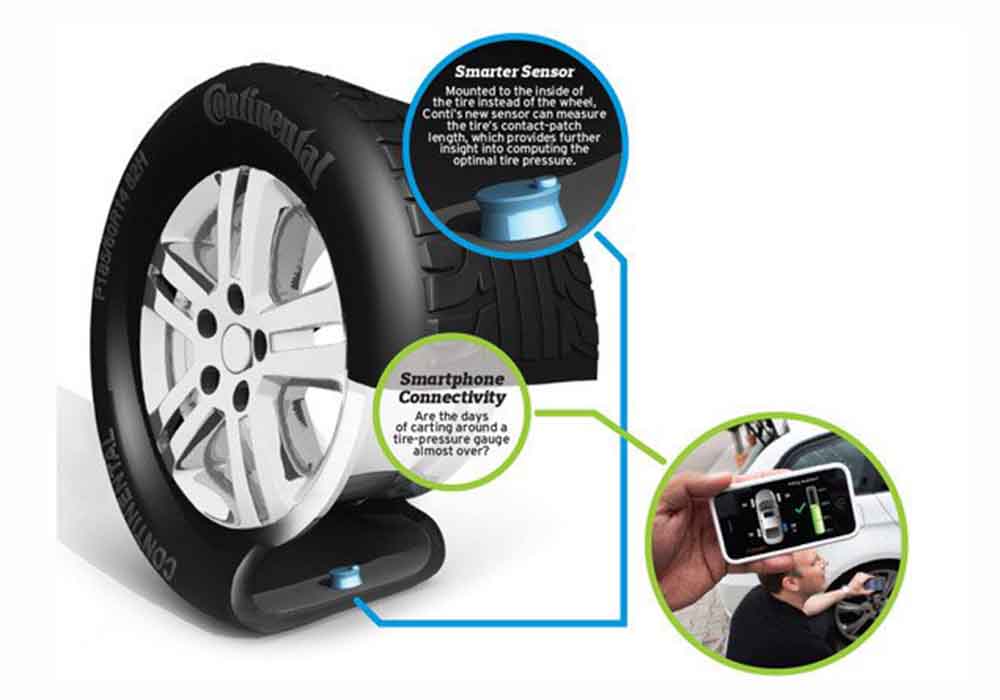
If the tire pressure monitor light is on, you should check your tire pressure as soon as possible. Low tire pressure creates a serious hazard on the road. According to the National Highway Traffic Safety Administration, 738 people died in tire-related crashes in 2017. When tire pressure is low, the tire has more contact with the road. This may cause the tire to overheat, leading to tread separation, excessive tire wear, or a blowout.
Low tire pressure also wreaks havoc on your fuel efficiency. You can save up to 11 cents per gallon simply by keeping your tires properly inflated. You'll also save money on tire replacements with adequate inflation. Keeping your tires properly inflated can add 4,700 miles to the tire's average lifespan.
The tire pressure monitor light gives you valuable information and should not be ignored.
You do not necessarily need to have your TPMS sensors replaced with new tires, but this is a good time to check them and make sure they're still in good condition.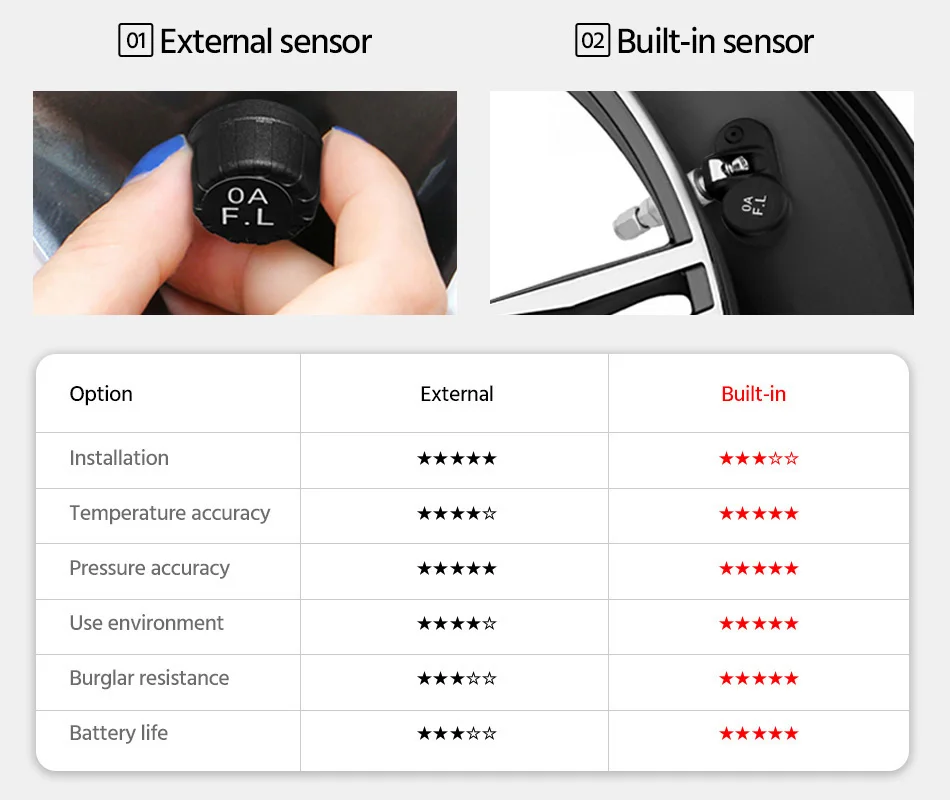 If you have an indirect TPMS system, your mechanic will need to manually reset the sensors after changing your tires. If you have a direct TPMS system, no additional maintenance is required to reset the system.
If you have an indirect TPMS system, your mechanic will need to manually reset the sensors after changing your tires. If you have a direct TPMS system, no additional maintenance is required to reset the system.
A new TPMS system will typically last for about 10 years before the batteries run out. If you have an older vehicle, you may need new sensors every five or six years. Your mechanic can advise you on the best time to replace TPMS sensors for your vehicle. When new sensors are installed, the system must relearn the location of each tire, which requires a detailed series of technical procedures. You should leave this task to a professional.
If you need tire service for your Toyota, come to Kings Toyota for prompt, reliable service. Our highly-trained technicians are equipped to assist with any type of tire issue, whether you need new tires or have a malfunctioning tire pressure sensor light. Make your appointment today.
* Indicates a required field
First Name*
Last Name*
Contact Me by*
EmailPhone
Hide Show
We're Looking to Buy Cars & Trucks! Get an Instant Offer for Your Vehicle.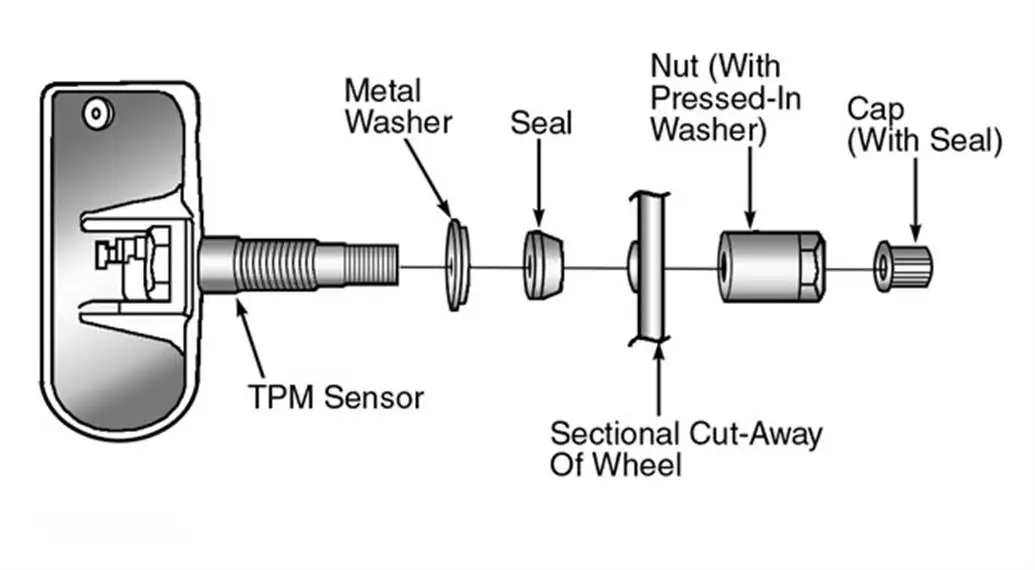
Checking the air pressure in all four of your tires is a critical process relating to vehicle maintenance. If you don’t have the appropriate pressure in any of your tires, this can be an expensive and alarming issue. Not only will you pay more at the gas pump, but you could also be at a higher risk of blowing out a tire while driving. If you continuously take care of your tire pressure checks, you may come across the need to calibrate your tire pressure monitoring system. Your tire pressure monitoring system is used to monitor the amount of pressure in all four of your tires. You’ll receive a notification if the pressure is too high or too low.
It’s recommended that your tire pressure be checked once every month. While you can rely on your tire pressure monitoring system to alert you of any issues, we recommend that you check the pressure yourself as well. As temperatures fluctuate, you may see a change in your pressure that needs to be dealt with.
While you can rely on your tire pressure monitoring system to alert you of any issues, we recommend that you check the pressure yourself as well. As temperatures fluctuate, you may see a change in your pressure that needs to be dealt with.
You’ll want to calibrate your TPMS if you’ve inflated, changed, or rotated your tires. The process is quite simple and includes:
Specific makes and models of vehicles from Showcase Honda provide you with different methods of calibration. Models with touchscreens allow you to choose ‘TPMS Calibration’ from the main screen. You can follow the instructions to re-calibrate. Once you’ve calibrated your system, you’ll be able to receive notifications again. You can contact Showcase Honda in Phoenix if you would like assistance with this calibration process, or we can take care of it for you.
Once you’ve calibrated your system, you’ll be able to receive notifications again. You can contact Showcase Honda in Phoenix if you would like assistance with this calibration process, or we can take care of it for you.
Categories: Technology, News, Tips and Tricks, Service
Tags: calibrate, technology, service, repair, maintenance
* Indicates a required field
Purchase prices do not include tax, title, license and $599.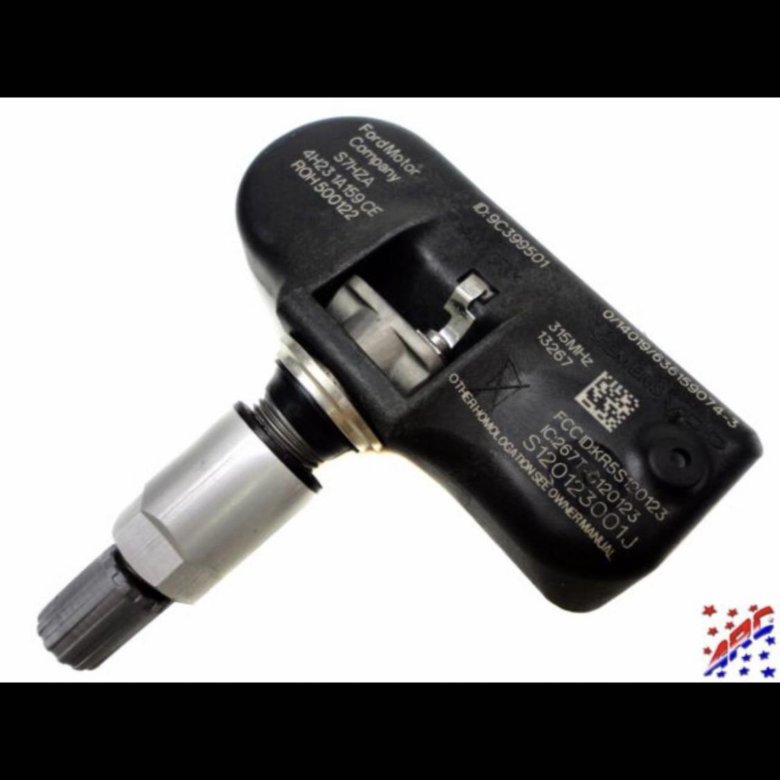 00 doc fee. Prices include the listed Factory Offers and Incentives. Please verify all information. We are not responsible for typographical, technical, or misprint errors. Inventory is subject to prior sale. Contact us via phone or email for more details. *MPG Based on 2019 EPA mileage ratings. Use for comparison purposes only. Your mileage will vary depending on driving conditions, how you drive and maintain your vehicle, battery-pack age/condition, and other factors.
00 doc fee. Prices include the listed Factory Offers and Incentives. Please verify all information. We are not responsible for typographical, technical, or misprint errors. Inventory is subject to prior sale. Contact us via phone or email for more details. *MPG Based on 2019 EPA mileage ratings. Use for comparison purposes only. Your mileage will vary depending on driving conditions, how you drive and maintain your vehicle, battery-pack age/condition, and other factors.
;
Schedule Service
;
Lease Return
Facebook Twitter Instagram Youtube Linkedin; ;
Not so long ago, scientists from different countries conducted an experiment, during which it was revealed that only a small part of vehicle owners check the amount of atmosphere in the chambers before going on a trip. Meanwhile, it is insufficient or excessive pressure that often causes increased fuel consumption, uncomfortable driving, or leads to an accident.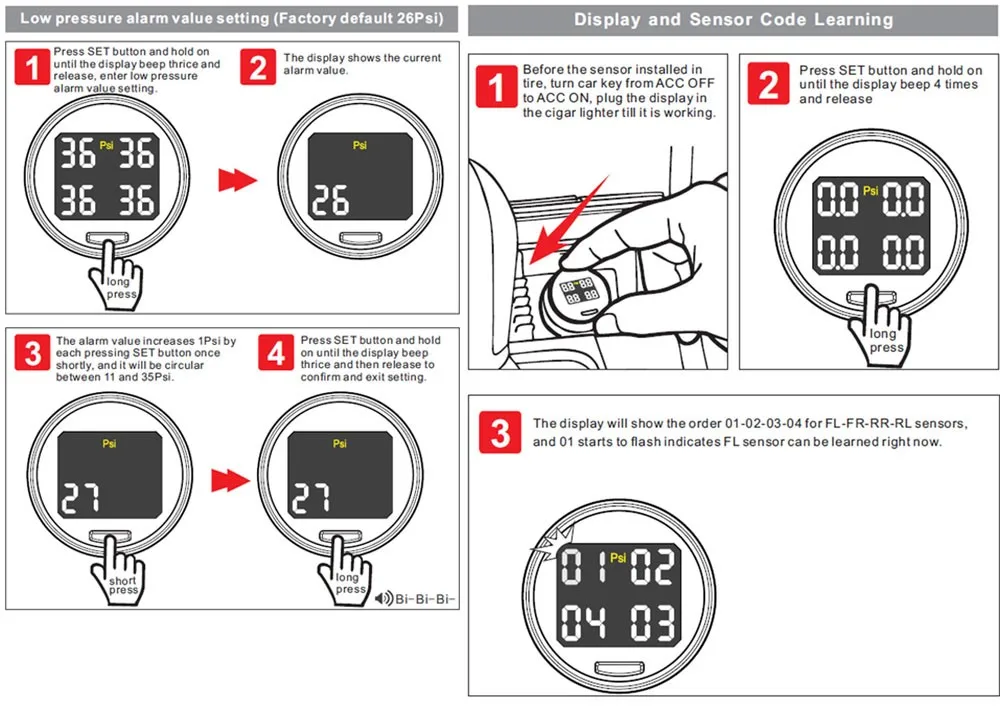
The TPMS system comes to the rescue, designed to control the amount of atmosphere in the chambers and signal malfunctions in a timely manner. When the tires are properly inflated, the special warning sensor does not light up. However, in some situations, the light comes on. A constantly burning signal will begin to annoy even the calmest driver, especially if the amount of atmosphere in the chambers is ideal. A few simple manipulations will help fix the sensor error, and a couple of tips will tell you how to properly configure the TPMS system.
The TPMS sensitively monitors the amount of atmosphere in each chamber. However, to avoid possible troubles, it is important to know that the indicators are working properly. No, for this you do not have to constantly run around the car with a variety of measuring instruments. You just need to regularly adjust the device.
It is important to remember that for each particular car model, the sensor manufacturer has set its own values for a particular season.
It is these characteristics that must be given to the TPMS system.
Manipulations are quite simple and do not require special experience. It all depends on which variety is used:
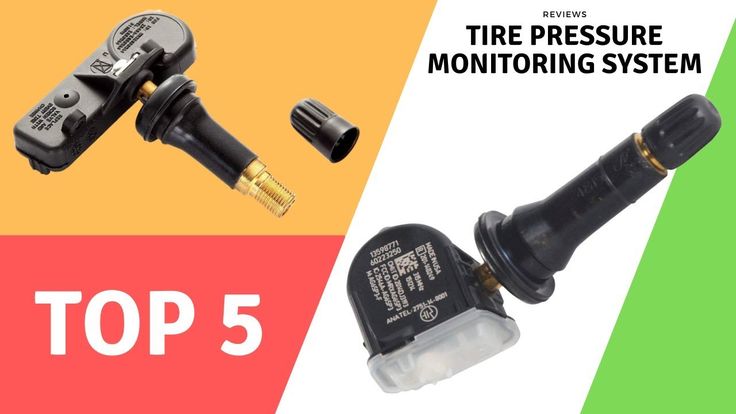 Therefore, it is better to entrust the work to professionals. After completing the installation work, it is necessary to check the correct installation of the caps and pump up the wheels. If readings are taken from the included display, no additional device settings are required.
Therefore, it is better to entrust the work to professionals. After completing the installation work, it is necessary to check the correct installation of the caps and pump up the wheels. If readings are taken from the included display, no additional device settings are required. To prevent the light from flashing again for no reason, it is important to set up the device every time you make a change. For example, if the old wheels were replaced with a new set, balancing was done and so on.
The TPMS is easy to use. The main thing is to carefully study the attached instructions and make sure that the number of atmospheres in the chambers matches those recommended by the manufacturer.
@Firedis.com
External and mechanical models are disabled by removing the sensors, because without removing them, you will not be able to turn off the system. There are several ways to render TPMS useless:

The following manipulations can also help to eliminate the error in the system:
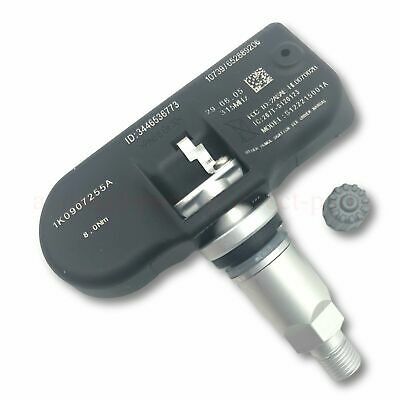 2 bar to it. If the signal continues to burn, you should completely lower the wheels. Then you need to re-inflate the tires, drive 5 km at a speed not exceeding 30 km / h. So the sensor data is completely reset, and the system will stop giving an error.
2 bar to it. If the signal continues to burn, you should completely lower the wheels. Then you need to re-inflate the tires, drive 5 km at a speed not exceeding 30 km / h. So the sensor data is completely reset, and the system will stop giving an error. TPMS is definitely useful and easy to use. But even modern devices have some drawbacks that may force the driver to dismantle the product.
So, tire pressure monitoring has the following disadvantages:
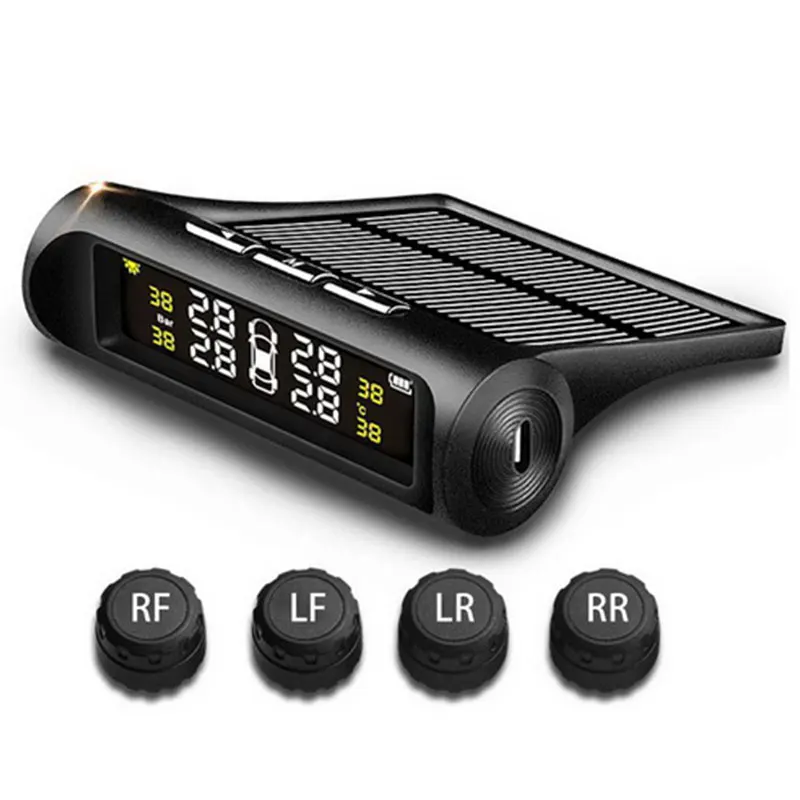 The reason lies in the fact that the angular speeds of the inner and outer wheels in this situation will be different.
The reason lies in the fact that the angular speeds of the inner and outer wheels in this situation will be different. @Creta-fan.ru
Sometimes the above methods of turning off the sensors are not able to solve the problem. In this case, the first step is to check the health of the indicators. To do this, it is better to contact a specialized workshop or an authorized dealer. The most common reason for indicators not working correctly is damage to the device.
Thus, instruments can be damaged:
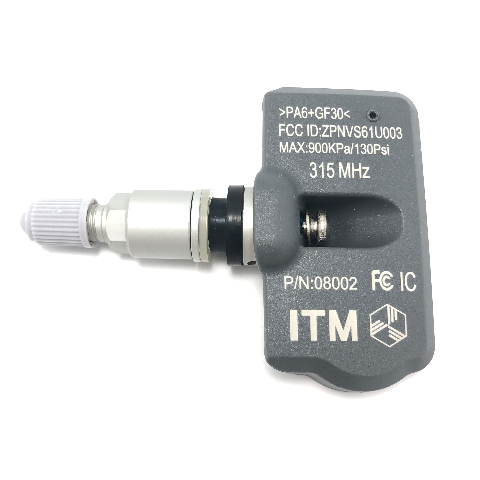
In some cases, the sensors may turn on by themselves, indicating a serious problem. Provoke incorrect operation can:
In the latter case, the ABS indicator will also come on. This suggests that the car needs to be diagnosed in a specialized center where employees will find and fix the problem.
The constantly lit TPMS indicator is an annoying factor for any car enthusiast. Even if everything is fine with the wheels, a faulty indicator deprives the vehicle owner of control over the true amount of atmospheres in the chambers. After all, if the light is on all the time, the motorist will not receive an alert when the camera is really faulty. And this factor already directly affects not only the comfort, but also the safety of the driver and passengers.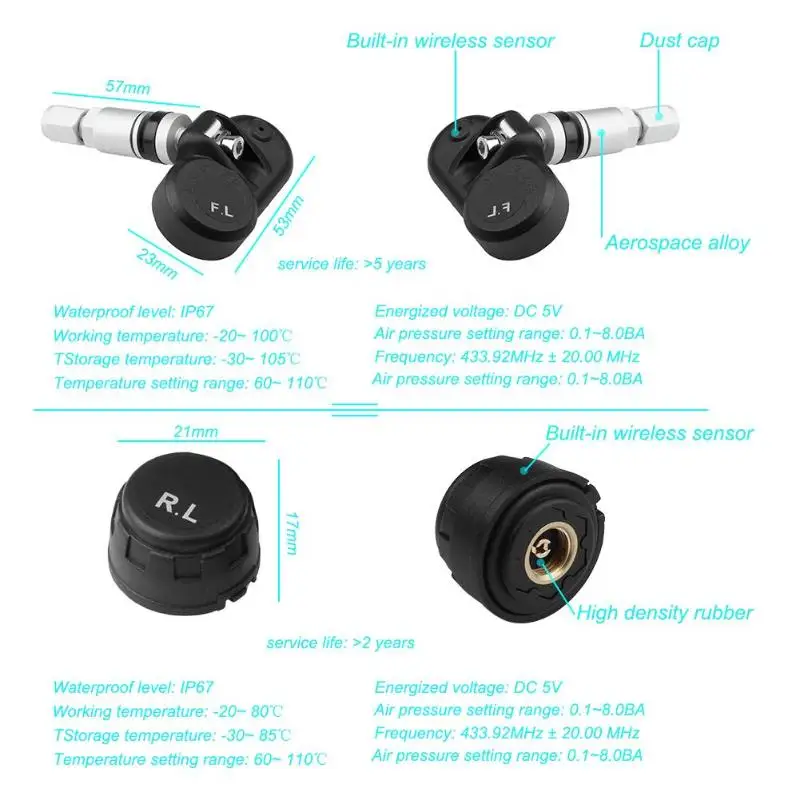 Therefore, it is important to establish the causes of the malfunction and fix the problem in time.
Therefore, it is important to establish the causes of the malfunction and fix the problem in time.
Rate this article
0
Like this article? Share with friends:
The safety of the driver and passengers is a priority for all vehicle manufacturers. To ensure it, numerous devices that allow you to monitor the activities of various systems and inform the owner in a timely manner about problems. One of them is the system TPMS (tire pressure monitoring system), designed for tire pressure monitoring .
TPMS is a reliable assistant for every motorist, notifying of low pressure in one or more tires.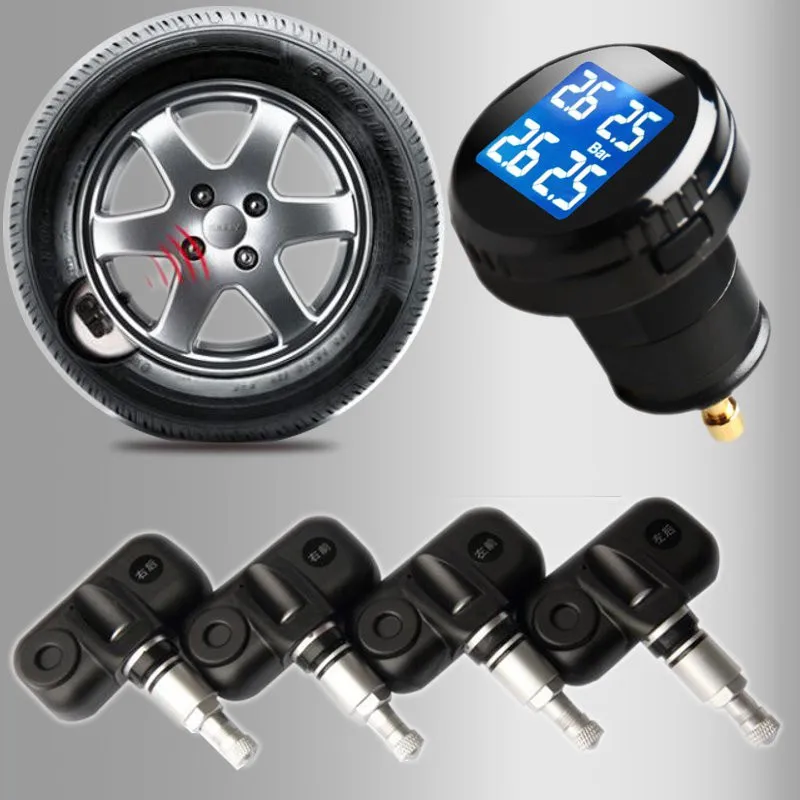 With the help of a special orange signal, the system signals a problem. Let's take a closer look at structure TPMS and principles of setting sensors tire pressure .
With the help of a special orange signal, the system signals a problem. Let's take a closer look at structure TPMS and principles of setting sensors tire pressure .
This system has been mandatory for many years in modern vehicles manufactured by American companies (since 2008) and in European countries (since 2014). The main reason for this decision is the increase in the number of accidents associated with a violation of the condition of the tires and, as a result, the behavior of vehicles on the road surface.
The tire pressure value is an important parameter that every driver must know. It differs in different models and depends not only on the dimensions of the tires, but also on the number of passengers.
Where can I find the tire pressure level tpms ? As a rule, it is listed in the service book of car . Some manufacturers additionally apply the pressure value to on stickers located on the fuel tank caps or in the door area on the driver's side.
How often should this indicator be checked? According to surveys, about 40% of owners perform pressure monitoring once per calendar year. However, this figure is extremely low to ensure a favorable situation.
Stable and sufficient pressure means balanced fuel consumption, reduced tire wear, good grip and safety for all road users. That is why TPMS is considered a very useful innovation, a must for every car .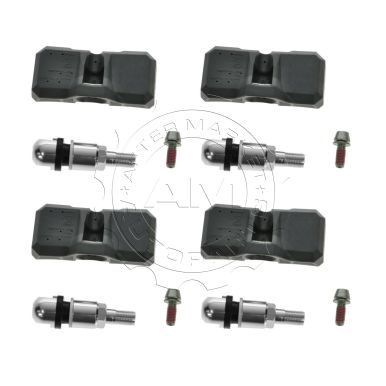
Devices included in the system are designed for tire pressure monitoring and temperature monitoring . It consists of four sensors . Devices provide real-time transmission of parameters temperature and pressure to car monitor wirelessly. As a result, the user receives information in the format of color or numeric indicators.
Control of parameters is carried out in standard units:
Monitor The TPMS can be powered by both replaceable batteries and the on-board system. To do this, connect the cigarette lighter of vehicle .
There are two types of installations - indirect (with mounting external sensors ) and direct (with mounting internal sensors ).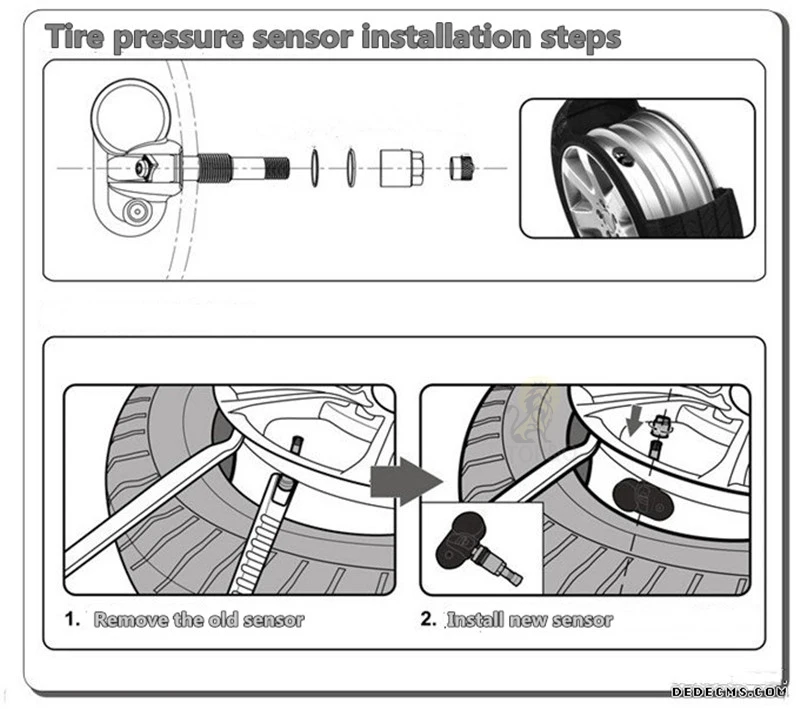 Next, we will take a closer look at the principles of operation of each of them.
Next, we will take a closer look at the principles of operation of each of them.
Operated by external wheel speed sensors . They are fixed on the spools with locknuts and operate from replaceable batteries.
The external devices are used to detect rotation speed only. Received information on monitor are converted to wheel diameter. If it decreases, the driver receives a corresponding warning.
Thus, the indirect setting does not allow you to directly read the tire pressures . It helps to indirectly obtain the necessary data based on changes external sensors .
What are the advantages of this equipment? You do not need special maintenance and installation of different sets of season sensors . As for the shortcomings, it is important for the owner of the transport to remember the key nuance: installation will signal problems only when pressure drops by 30% or more.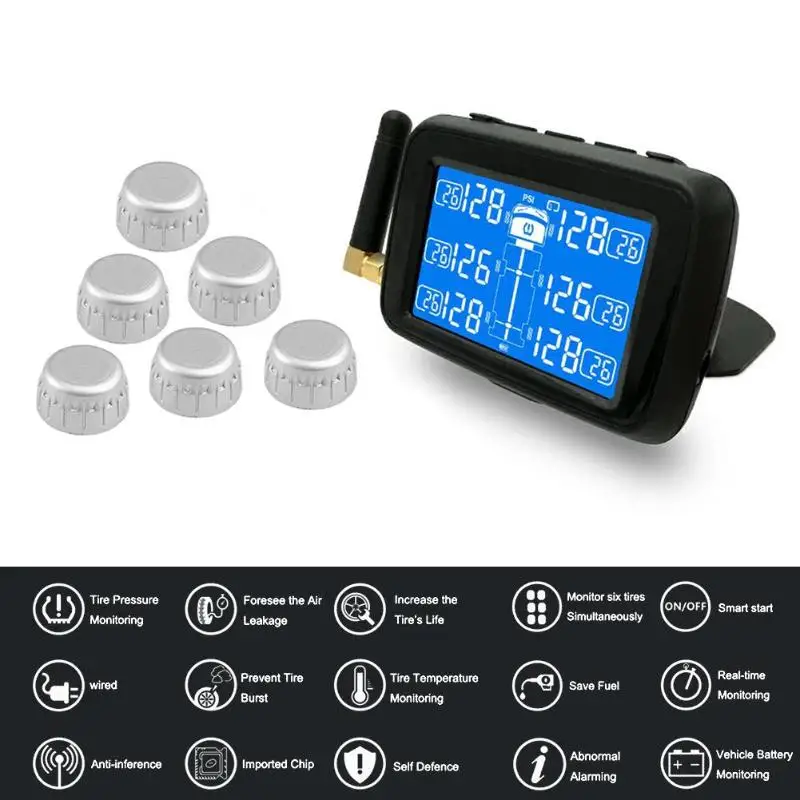
Powered by internal pressure sensors . They are mounted inside the wheel, after which balancing is required. Batteries for internal sensors do not change. They are designed for a period of three to five years, after which the device .
Some models of sensors can detect not only pressure but also temperature . The received information is sent to the central control unit. If the values are out of range, the driver receives a corresponding color alert.
When installing internal tire pressure sensors , remember that each unit has a unique serial number. What is it for? The equipment will receive information for processing only from the wheels of a particular vehicle, and not from nearby vehicles. Also, the serial number is necessary in order not to confuse information from different wheels of the same car.
It is not uncommon for brand representatives to install internal devices from other companies in the production of cars.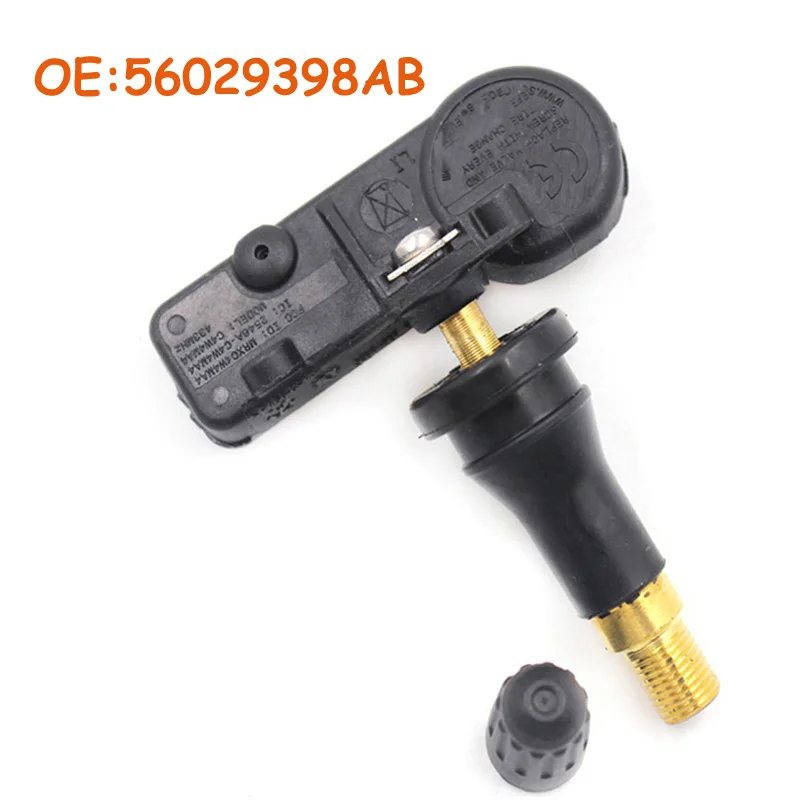 In order not to make a error during installation, maintenance and replacement, contact only qualified specialists.
In order not to make a error during installation, maintenance and replacement, contact only qualified specialists.
Motorcycle and passenger car equipment is rated for tire pressures between 0 and 76 PSI. In freight transport, installation of devices is carried out, which can operate at values from 0 to 180 PSI.
Vehicles with long distances have distinctive features. Often it deteriorates signal transmission from internal or external recording devices to monitor . In this case, the system is supplemented by an amplifier-repeater. It allows you to receive signals at considerable distances - up to 20 meters.
According to instructions , tire pressure sensors type t81 transmit to the control unit information about the specified parameters (only pressure or another temperature ) every 60 seconds.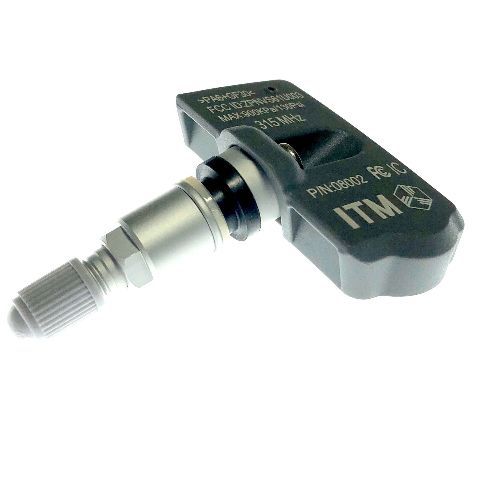 After processing the signals and comparing with the factory values, the information is displayed on the 9 located in the cabin.0124 monitor .
After processing the signals and comparing with the factory values, the information is displayed on the 9 located in the cabin.0124 monitor .
If the data does not comply with the permissible standards, the equipment notifies the driver about the violations that have occurred. For this, a text, graphic, sound or color signal is used.
The system will be able to correctly fix the values of pressure, temperature and display them on the monitor only with the correct presetting. Before proceeding with the procedure, study the manufacturer's recommended indicators specifically for your car, taking into account the season.
The sequence of the setup procedure depends on the type of sensor:
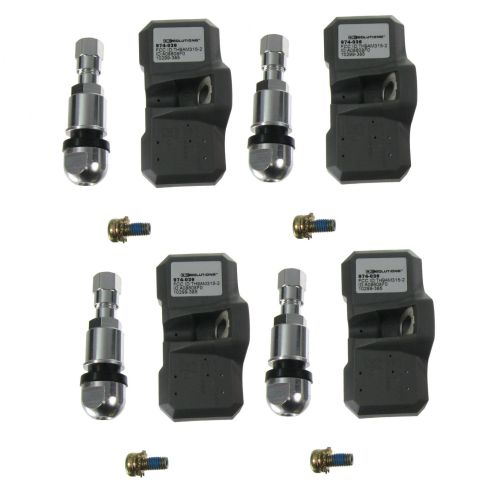 This is due to the presence of the control unit. The equipment can work both autonomously and in contact with the cigarette lighter. After the installation is complete, proceed to configure the unit. At monitor select the training mode and strictly follow all the instructions provided by the program. After completing the setup, make sure that each sensor is displayed on the screen. Missing readings from at least one instrument? Reinstall sensors. At the same time, check that they correspond to the parameters indicated on the display;
This is due to the presence of the control unit. The equipment can work both autonomously and in contact with the cigarette lighter. After the installation is complete, proceed to configure the unit. At monitor select the training mode and strictly follow all the instructions provided by the program. After completing the setup, make sure that each sensor is displayed on the screen. Missing readings from at least one instrument? Reinstall sensors. At the same time, check that they correspond to the parameters indicated on the display; How to avoid false alarms? Be sure to carry out the adjustment after each major change - changing shoes, balancing, etc.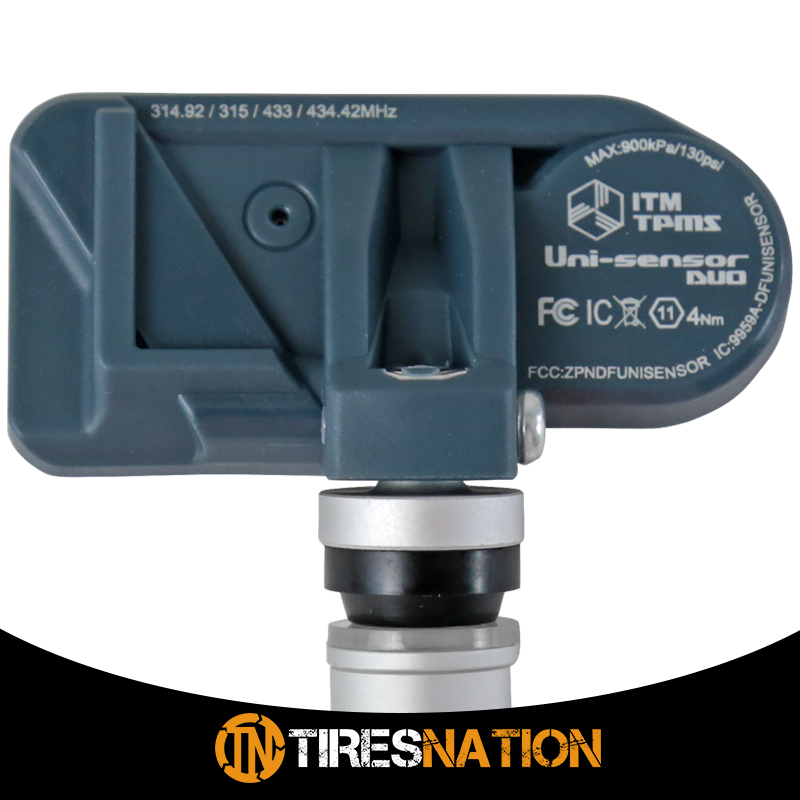
There are a few easy ways to deal with repetitive signals. The most common is to move at a speed of about 80 km / h for 15 km. At the same time, try not to accelerate too much. Maintaining the set parameters will be easier when using cruise control. After completing the task, stop and turn off the engine completely. The error should disappear. Please note that for some models, the appropriate speed is not 80 km / h, but slightly higher. You will find exact data in the operating manual.
Another way is to press the reset button or reboot the system. Carefully read the instructions for the equipment: it usually provides detailed information.
Did you reboot or reset the settings, but the error continues to appear? deflate and re-inflate the chambers. This method requires a lot of effort and time, but can help if the previous measures have not corrected the situation. When inflating the chambers, increase the set pressure of each chamber by 0.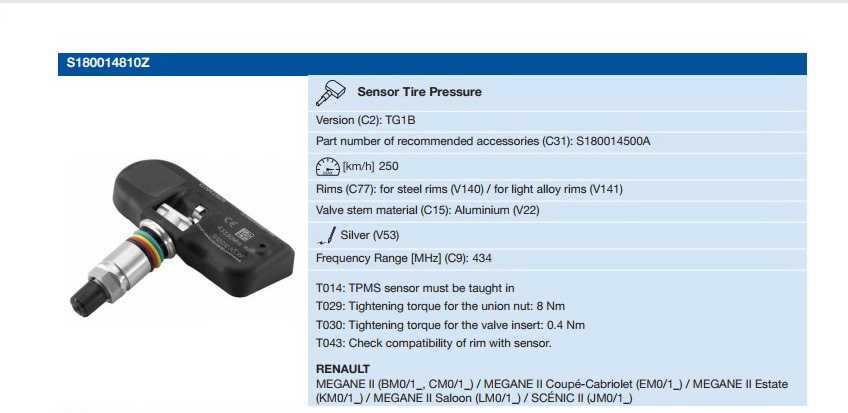 2 bar. Then drive for about 5 km at a speed of no more than 30 km/h. This method allows you to completely reset the devices and get rid of false signals.
2 bar. Then drive for about 5 km at a speed of no more than 30 km/h. This method allows you to completely reset the devices and get rid of false signals.
Finally, you can disconnect and reconnect the battery. This method is considered especially effective for cars with on-board computers. A full system reboot is the best solution. But do not forget to completely disconnect the equipment from the power source by removing the negative terminal from the battery.
A versatile affordable pressure and temperature monitor. Due to the design features, it is suitable for installation on 98% of American, European and Asian cars.
Provides inventory quantity optimization, is fast and wirelessly programmed using scanners, completely copies the ID of a previously installed device and does not require unit training.
With basic maintenance recommendations, the service life is five to seven years.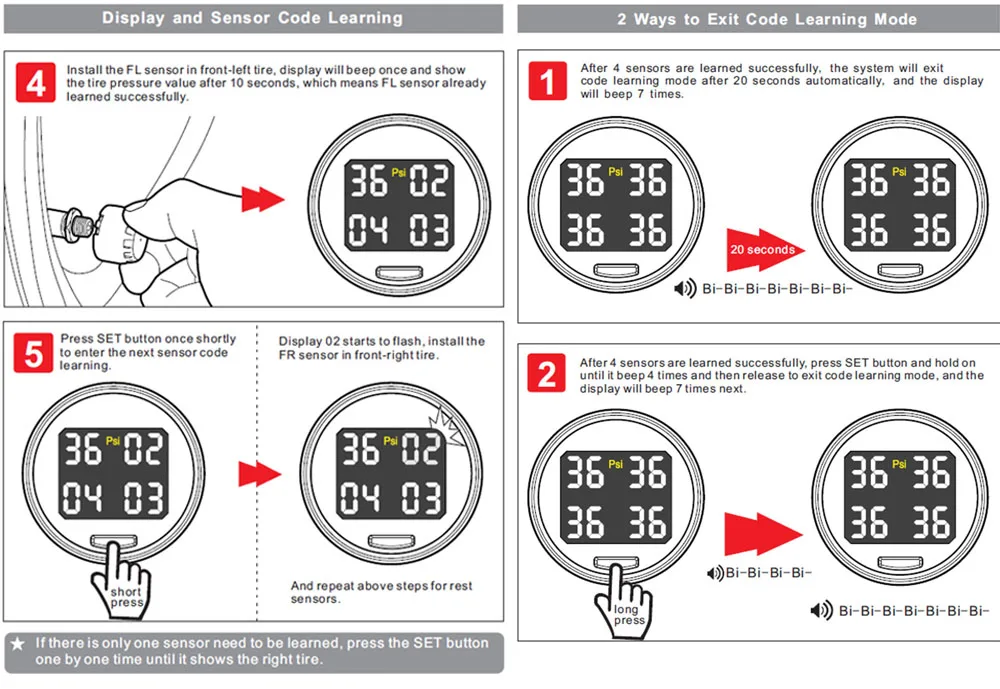 The equipment fully complies with SAE standards, which is confirmed by the relevant certificate.
The equipment fully complies with SAE standards, which is confirmed by the relevant certificate.
TPMS Autel MX-Sensor 315 MHz, clamp-on
$25
Pre-order
Completely reproduces the ID of the original device, works without prior training. If necessary, scanners from the same manufacturer can be used for adjustment.
Designed for operation at temperatures from -40 to +125 degrees. Controls pressure in the range from 100 to 900 kPa. The service life is from five to seven years, depending on the ambient temperature.
TPMS Autel MX-Sensor 315 MHz TPMS Autel
1 review
2 520 ₽
Available
The set consists of a probe programmer and a scanner, as well as probes for programming.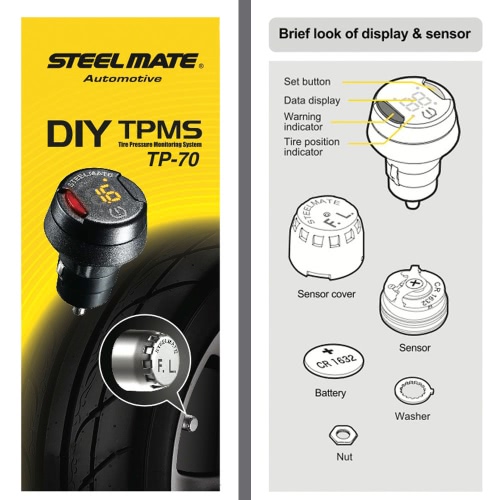 Each buyer chooses their necessary characteristics independently. Depending on customer demand, you can choose clamp-on or quick-lock models rated at 315 or 433 MHz.
Each buyer chooses their necessary characteristics independently. Depending on customer demand, you can choose clamp-on or quick-lock models rated at 315 or 433 MHz.
The kit comes with a one year manufacturer's warranty.
Autel Standart TPMS kit (MaxiTPMS TS508 + 50 sensors)
97 760 ₽112 800 ₽
Pre-order
The accuracy of the recorded information and the life of the internal and external sensors depend on the condition of the devices. Do you want them to be able to work as long as possible and with better quality? Follow the simple maintenance instructions for equipment:
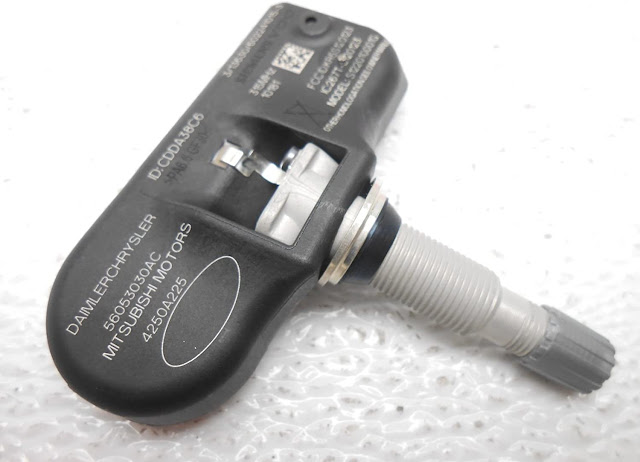 If you have internal sensors installed, changing batteries at the same time as changing shoes for the season can save time and money;
If you have internal sensors installed, changing batteries at the same time as changing shoes for the season can save time and money; 